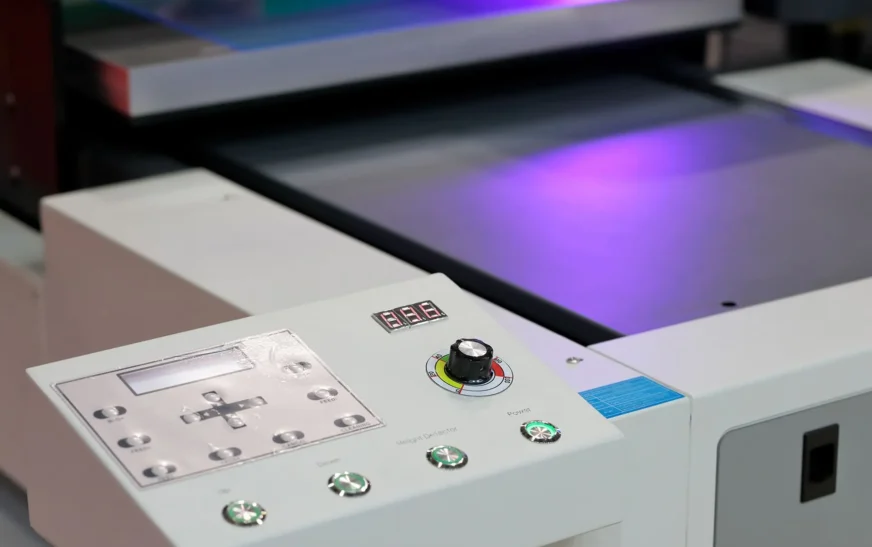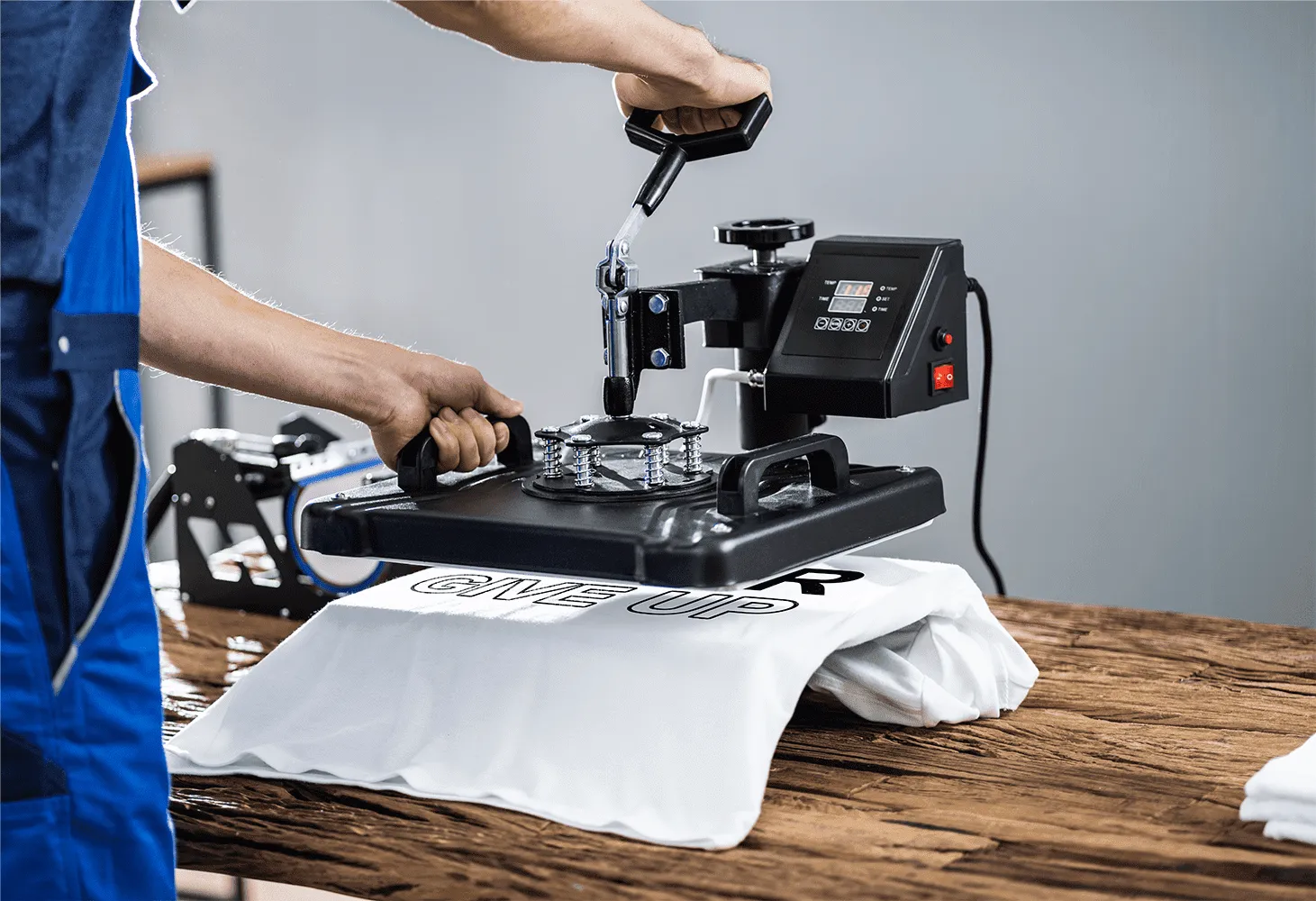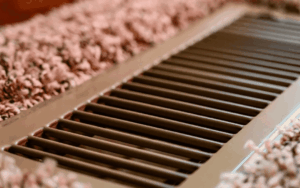In recent years, UV printing has emerged as a revolutionary technology in the printing industry, offering numerous advantages over traditional printing methods. With its ability to produce high-quality, durable prints on various materials, UV printing has become an essential tool for businesses and individuals alike. In this article, we will explore what UV printing is, how it works, its applications, and the benefits it offers.
Understanding UV Printing
UV printing, or ultraviolet printing, is a digital printing technology that uses ultraviolet light to cure or dry inks, coatings, and adhesives almost instantly. Unlike traditional printing methods that rely on solvents to evaporate and dry the ink, UV printing uses UV light to initiate a photochemical reaction. This process hardens the ink on the surface of the material, resulting in a vibrant, durable print.
How Does UV Printing Work?
The UV printing process involves several key components:
- UV Inks: UV printing uses specially formulated inks containing photoinitiators, which react when exposed to UV light. These inks are liquid in form but quickly solidify when subjected to UV light.
- UV Light Source: A UV light source is integrated into the printing equipment. As the print heads deposit the ink onto the material, the UV light immediately follows, curing the ink almost instantaneously.
- Print Heads: UV printing machines are equipped with precision print heads that apply the UV inks onto the material with high accuracy, ensuring fine details and vibrant colours.
- Material Compatibility: UV printing is compatible with a wide range of materials, including paper, cardboard, plastics, glass, metals, wood, and textiles. This versatility makes it a popular choice for various applications.
Key Advantages of UV Printing
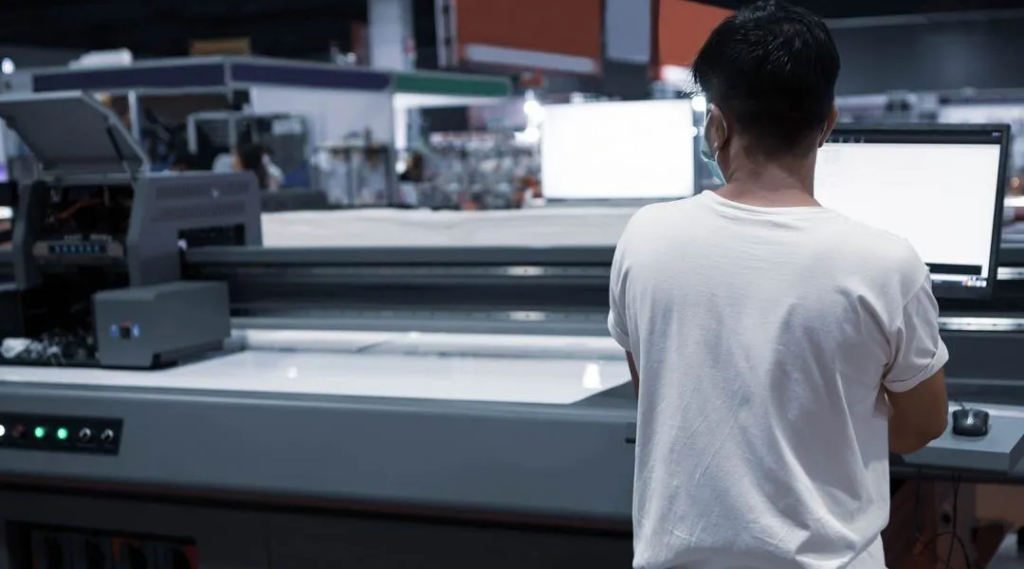
UV printing offers several advantages over traditional printing methods, making it a preferred choice for many industries:
- Fast Drying Time: UV inks dry almost instantly, eliminating the need for additional drying time and reducing production time.
- Vibrant Colours: UV printing produces vibrant and sharp colours, making it ideal for high-quality images and graphics.
- Durability: The cured ink forms a strong bond with the material, resulting in prints that are resistant to scratches, fading, and water damage.
- Environmental Benefits: UV printing is more environmentally friendly than traditional methods, as it produces minimal volatile organic compounds (VOCs) and reduces waste.
Applications of UV Printing
One of the most significant applications of UV printing is in the production of custom workwear and apparel. UV printing allows businesses to create unique and personalised designs on clothing, uniforms, and accessories. The technology ensures that the prints remain vibrant and durable even after multiple washes, making it ideal for branding and promotional purposes.
Packaging and Labels
The packaging industry benefits greatly from UV printing due to its ability to produce high-quality prints on various packaging materials. UV printing allows for the creation of visually appealing packaging that enhances brand visibility and attracts customers. Additionally, UV-printed labels are resistant to moisture and abrasion, ensuring that product information remains intact.
Promotional Items
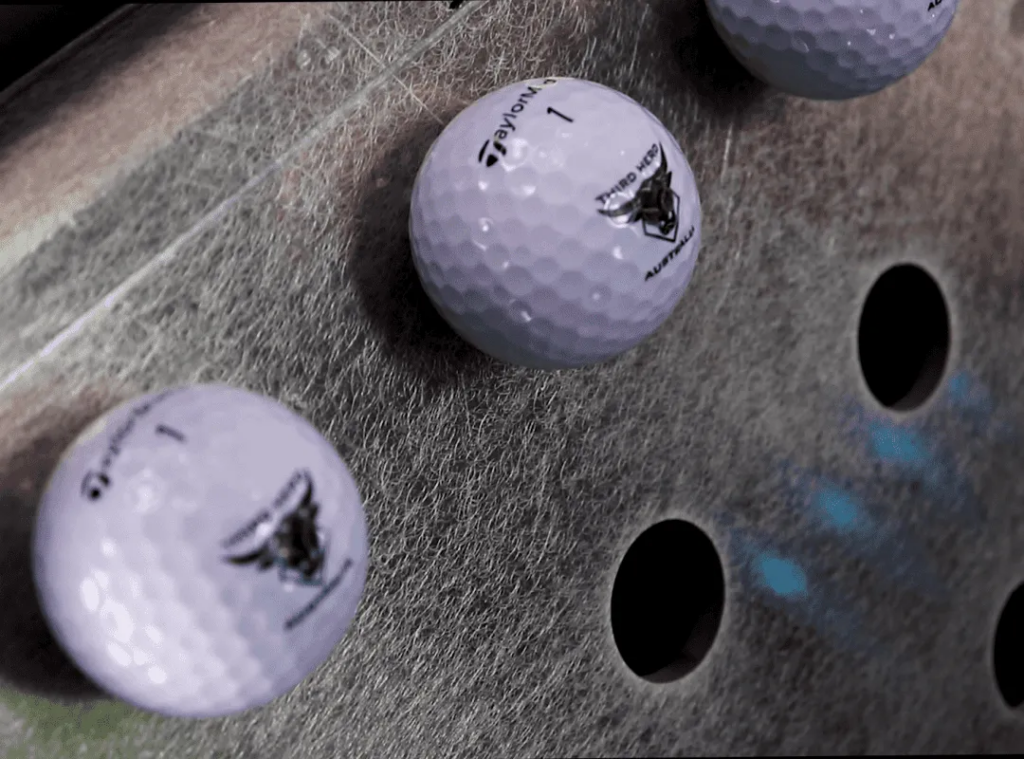
UV printing is also popular for creating promotional items such as pens, mugs, keychains, and phone cases. The technology enables businesses to customise these items with their logos and branding, providing a cost-effective way to increase brand recognition and customer loyalty.
The UV Printing Process
The UV printing process involves several steps, each contributing to the final high-quality output:
- Design Preparation: The process begins with preparing the design to be printed. This involves creating or uploading the artwork using graphic design software.
- Material Selection: The choice of material is crucial, as UV printing can be applied to various surfaces, including paper, plastic, glass, and textiles.
- Ink Selection: UV inks are selected based on the material and desired finish. Different inks may be used for different materials to achieve optimal results.
- Printing Setup: The printing machine is set up, ensuring that the UV light source is properly aligned with the print heads.
- Printing Process: The design is printed onto the material using precision print heads that apply the UV ink. The UV light immediately cures the ink, resulting in a dry and durable print.
- Quality Check: A quality check is conducted to ensure that the print meets the desired standards. Any necessary adjustments are made to achieve the best possible outcome.
Conclusion
UV printing has revolutionised the printing industry with its ability to produce high-quality, durable prints on various materials. Its fast drying time, vibrant colours, and environmental benefits make it a preferred choice for businesses and individuals alike. As technology continues to advance, UV printing is poised to expand its applications and become an even more integral part of modern printing solutions.

